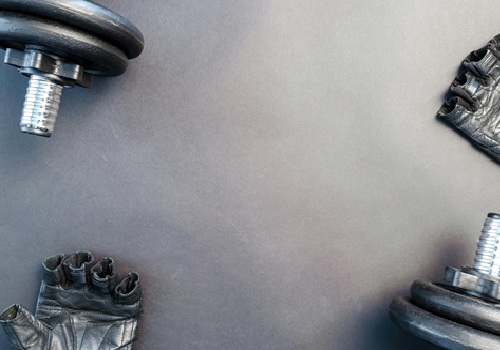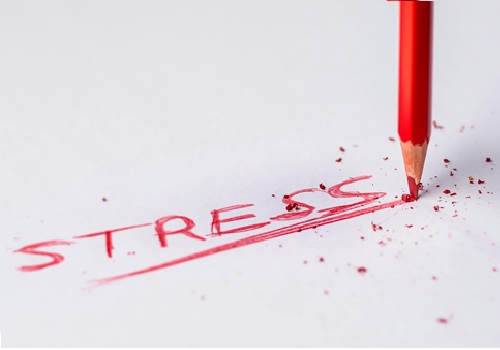1. The Brain Chemistry Behind Inspiration
When we experience inspiration, there are specific changes in the brain that enhance our ability to think creatively. Neuroscientists have identified that dopamine, a neurotransmitter often linked to reward and motivation, plays a significant role in moments of inspiration. Dopamine helps activate regions of the brain responsible for problem-solving, decision-making, and creativity. The more dopamine we release, the more open our minds become to new ideas and possibilities.
So how can we increase dopamine levels to spark inspiration?
- Set small, achievable goals: Achieving these goals releases dopamine and keeps you motivated to continue.
- Take breaks and rest: Research shows that breaks, especially after completing a task, help refresh the brain and boost dopamine production.
- Practice mindfulness: Meditation and deep breathing exercises can trigger dopamine release, helping you feel more inspired.
2. The Role of Environment in Stimulating Creativity
Your surroundings play a crucial role in fostering creativity. Research has shown that certain environments are more conducive to inspiration and creative thinking. For instance, nature has been proven to have a calming effect on the brain, which can lead to a burst of creative energy. In fact, studies suggest that simply being in nature, or even looking at images of natural scenes, can improve cognitive function and problem-solving abilities.
Here are some tips to optimize your environment for creativity:
- Incorporate natural elements: Adding plants, natural light, or calming sounds into your workspace can stimulate creativity.
- Change your environment: A change of scenery, like working in a café or park, can give your mind a fresh perspective and spark new ideas.
- Declutter your space: A tidy environment can help clear mental clutter, making space for creative thoughts.
3. Embracing the Power of Daydreaming
It’s easy to think of daydreaming as a waste of time, but research has shown that allowing your mind to wander is essential for creative thinking. Daydreaming activates the brain's default mode network (DMN), a network of regions that works when you’re not focused on a specific task. When your mind is free to wander, it can make new connections, solve problems, and come up with novel ideas.
Here’s how you can harness the power of daydreaming:
- Let your mind wander: Allow yourself to take mental breaks throughout the day, where you let your thoughts drift without any particular focus.
- Reflect on ideas: Spend time reflecting on a challenge or problem you’re trying to solve, and let your mind naturally wander toward solutions.
- Practice creative exercises: Engage in activities like freewriting or doodling to help trigger spontaneous thoughts.
4. The Role of Emotions in Creativity
Emotions play a significant role in creativity. Positive emotions, such as happiness and excitement, can enhance our cognitive abilities and encourage creative thinking. Research by psychologists like Barbara Fredrickson suggests that positive emotions broaden our thought processes, making us more open to new ideas and perspectives.
Negative emotions, on the other hand, can also lead to creativity. Feelings like frustration, sadness, or stress can trigger problem-solving skills and fuel innovation. It’s all about how you channel those emotions. For example, frustration can lead to creative problem-solving, and sadness can inspire profound, meaningful art.
To manage your emotions and enhance creativity, consider these strategies:
- Practice gratitude: Engaging in gratitude exercises has been linked to improved mood and greater creativity.
- Channel negative emotions positively: Use frustration or sadness as a creative outlet to express yourself through writing, art, or problem-solving.
- Engage in activities that boost positive emotions: Find hobbies or activities that bring you joy and inspire you, such as dancing, listening to music, or spending time with loved ones.
5. Collaborative Inspiration: The Power of Group Creativity
Inspiration can be contagious. When you collaborate with others, you gain exposure to diverse ideas, perspectives, and experiences. Research has shown that collaboration enhances creativity, as group brainstorming sessions or team projects allow for a fusion of ideas and a wider range of solutions to problems.
Here’s how to leverage collaboration for creativity:
- Seek diverse perspectives: Work with people from different backgrounds, fields, and skill sets to generate a variety of ideas.
- Engage in group brainstorming: Let the free flow of ideas and feedback inspire your own thoughts and spark new creative directions.
- Support others' creativity: Encouraging and supporting the creative ideas of your peers can lead to a mutually inspiring and productive environment.
Conclusion
Inspiration is not just a fleeting moment of brilliance. By understanding the science behind creativity—whether through the chemistry of the brain, the influence of your environment, or the power of emotions and collaboration—you can actively cultivate and enhance your creative abilities. Start paying attention to these factors and use them to tap into your most creative self, allowing inspiration to flow freely and transform your work and life.








